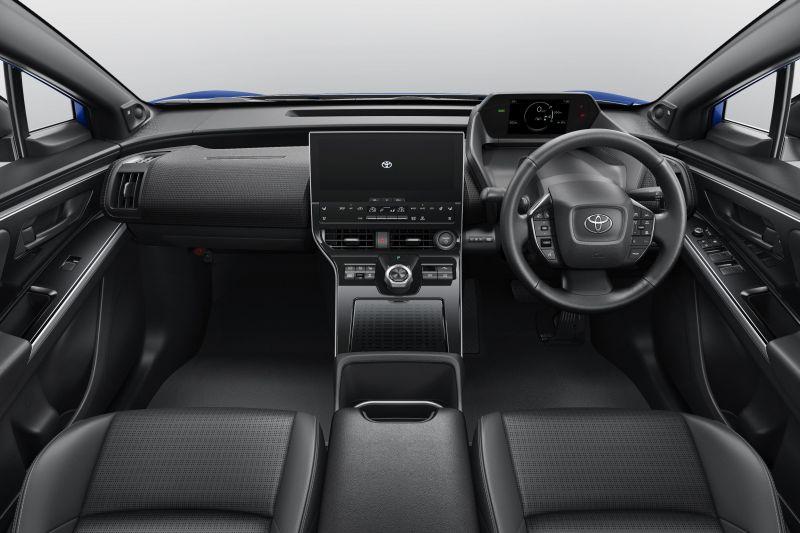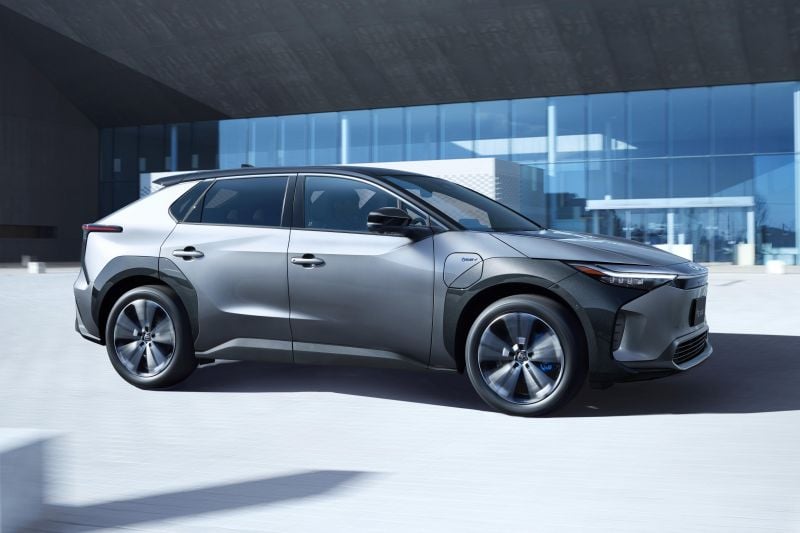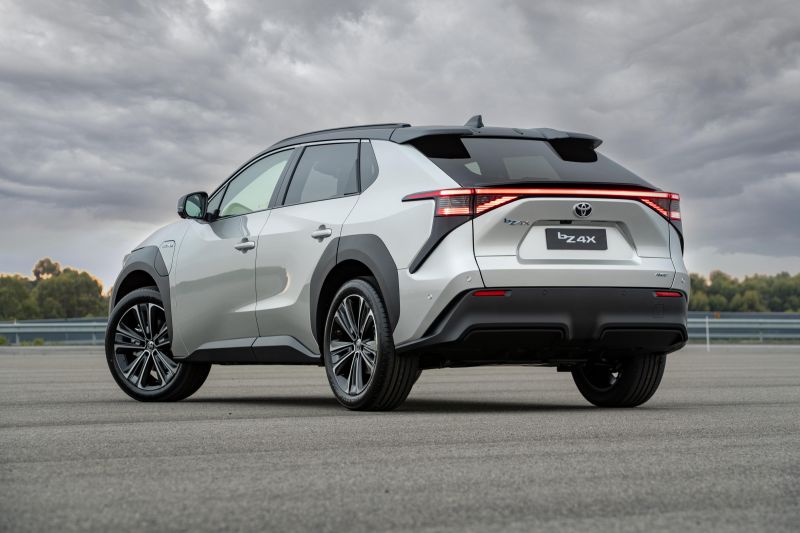The Toyota bZ4X electric SUV won’t be as common a sight on Australian roads as had been expected.
Toyota Australia had previously said in August 2023 that it expected to deliver several thousand bZ4Xs in 2024, but it has now posited a much more conservative goal.
“We’re looking around 1500 year one, that’s the complete year one,” Toyota Australia vice president of sales and marketing Sean Hanley told CarExpert.
“We’re launching in February, however we’re not restricted on that number, we can grow that number if the demand’s there.”
That works out to around 125 monthly sales, which would make it one of the lowest-volume models in Toyota Australia’s line-up.
For reference, Toyota sold considerably more than 1500 examples of all its models in 2023 apart from the Granvia, GR86 and Supra.
The rival Tesla Model Y was not only the best-selling mid-sized electric SUV, it was Australia’s best-selling electric vehicle, period. Tesla sold 28,769 examples in 2023.
Toyota’s sales projections for the bZ4X’s first year put it much closer to rivals like the Hyundai Ioniq 5 (947 sold in 2023) and Kia EV6 (1831 sold).
The bZ4X had been due in Australia in 2022, before being delayed to the second half of 2023 and then being delayed again until February 2024.
Mr Hanley confirmed last August this latest delay was to secure an “upgraded spec compared to what is currently available” and “a substantially higher share of production than we originally planned”.
Subsequently in October, Toyota revealed a range of minor updates to the bZ4X in Japan.
These include improved battery warm-up performance in cold conditions, a viewable charging status in the instrument cluster and a humidity sensor, but no changes to appearance, power and torque outputs, or range.
The bZ4X will be the Toyota brand’s first battery-electric vehicle (BEV) in Australia, and while the company has yet to announce pricing and local specifications it has said it will be “expensive”.
“We’re taking a cautious approach to our first BEV. Because the reality is that we believe there’s a role for BEVs in the Australian market,” said Mr Hanley.
“We’re certainly not anti-BEV as some may portray us as being, we’re actually not that – I know that’s a surprise to the punters… But [BEVs] still only represent seven per cent of the total market.
“They’re growing, there’s no doubt, they grew from ’22 to ’23 and they’ll grow from ’23 to ’24 in terms of their contribution, but there’s a long way to go on BEVs.
“There’s a long way to go on infrastructure, there’s a long way to go with market education, and there’s a long way to go with understanding their resale values in the Australian market.
“The bZ4X will be aligned to those take-up rates.”
In a bid to combat fears about depreciation, Toyota has previously confirmed it will offer “flexible options” for prospective buyers.
That means along with cash or finance, it will be available with “full service lease options through Toyota Finance Australia” – essentially one monthly payment including registration, insurance, charging, and maintenance.
The bZ4X is available overseas with a choice of 150kW single-motor front-wheel drive and 160kW dual-motor all-wheel drive powertrains, both teamed with a 71.4kWh lithium battery pack. It offers between 540km and 567km of range on the WLTC cycle, depending on the variant.
Measuring 4690mm long by 1860mm wide by 1650mm tall, the bZ4X is about Model Y-sized, or slightly longer and lower than a RAV4.
Toyota has confirmed more EVs will follow the bZ4X over the next three years. It previously confirmed it planned to launch three over this timeframe, though stopped short of announcing which.
It has, however, previously confirmed it’s “examining closely” a production version of the bZ Compact SUV concept.
MORE: 2023 Toyota bZ4X review
MORE: Everything Toyota bZ4X




